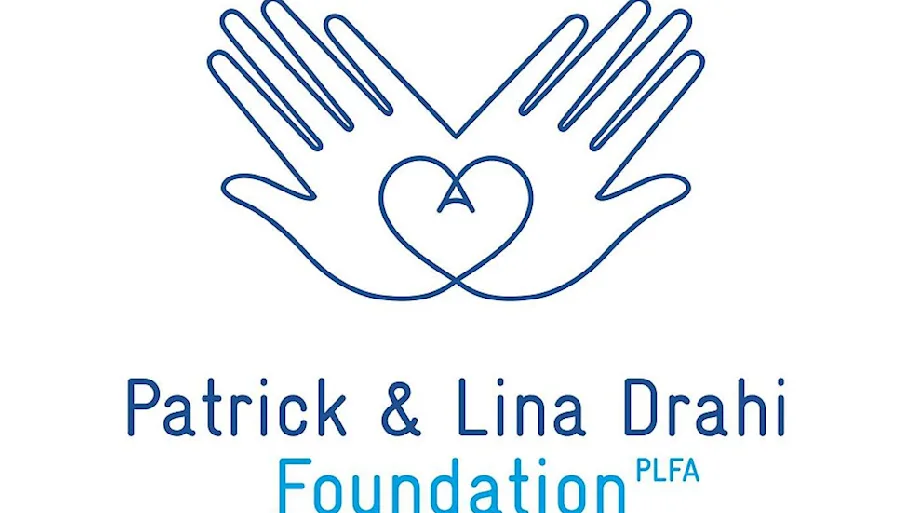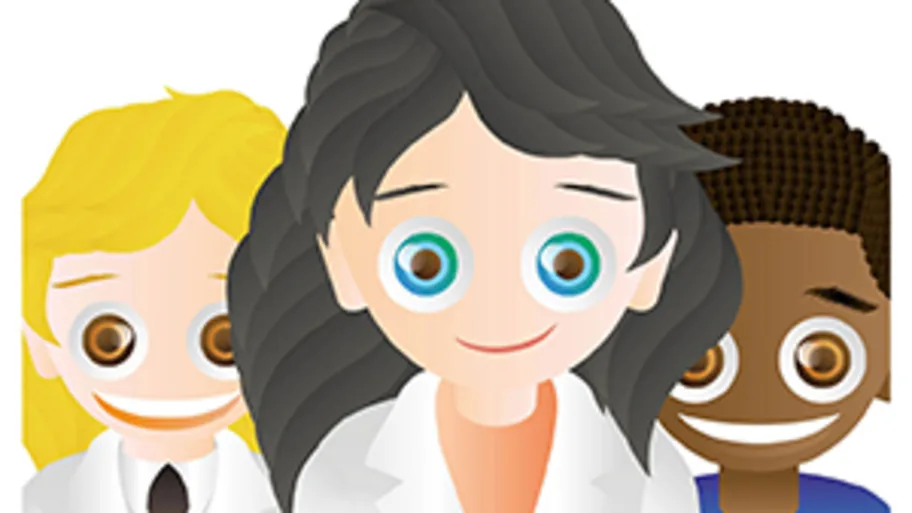
- Science news
- Young Minds
- What does it mean to have an invisible condition?
What does it mean to have an invisible condition?

Researchers Eilidh Cage, Danijela Serbic and Anat Bardi know best that there are things about people that you simply cannot see at first glance. They have chosen to host an article Collection in Frontiers for Young Minds to help raise awareness to kids on this complex subject of invisible conditions.
— By Anna Pena
Mental health problems, autism spectrum, chronic pain, learning difficulties – these are just a few examples of what we call “invisible conditions”. This term covers a vast spectrum of mental, physical and cognitive problems that affect millions of people around the world. The editors of this new article Collection highlight that while the onset of different life-long mental health conditions happens in adolescence and adulthood, some of them, like autism and dyslexia, are often first suspected much earlier.
So, what are the challenges that these invisible conditions bring? Firstly, they are hard to diagnose, and sometimes there is no clear cause of their appearance. That explains why some people do not get any clear diagnosis until much later in life or, in some cases, the doctors are unable to explain the affliction at all.
There is still much too little awareness of invisible conditions among children, parents and teachers. It puts people who suffer from them in a complicated situation, with difficulty to know who they can turn to for help and support. The Collection editors explain: “If there is little visible evidence for the condition, it often results in other people making assumptions. It may appear that the person does not have any difficulties at all.”
Eilidh, Danijela, and Anat assure that they are very aware of the stigma and societal barriers that people with these conditions regularly experience. By offering scientific articles aimed for a younger audience, their Collection invites readers of Frontiers for Young Minds to think about the problem from different perspectives. The editors expect that this Collection brings kids and teenagers “new ideas and understanding about different invisible conditions and how they can affect people.” They add: “We hope that the readers will have a greater appreciation for different support strategies for people with invisible conditions.”
Would you like to share your research on invisible conditions and support strategies with a younger audience? Submit your manuscript HERE and join this important project!





